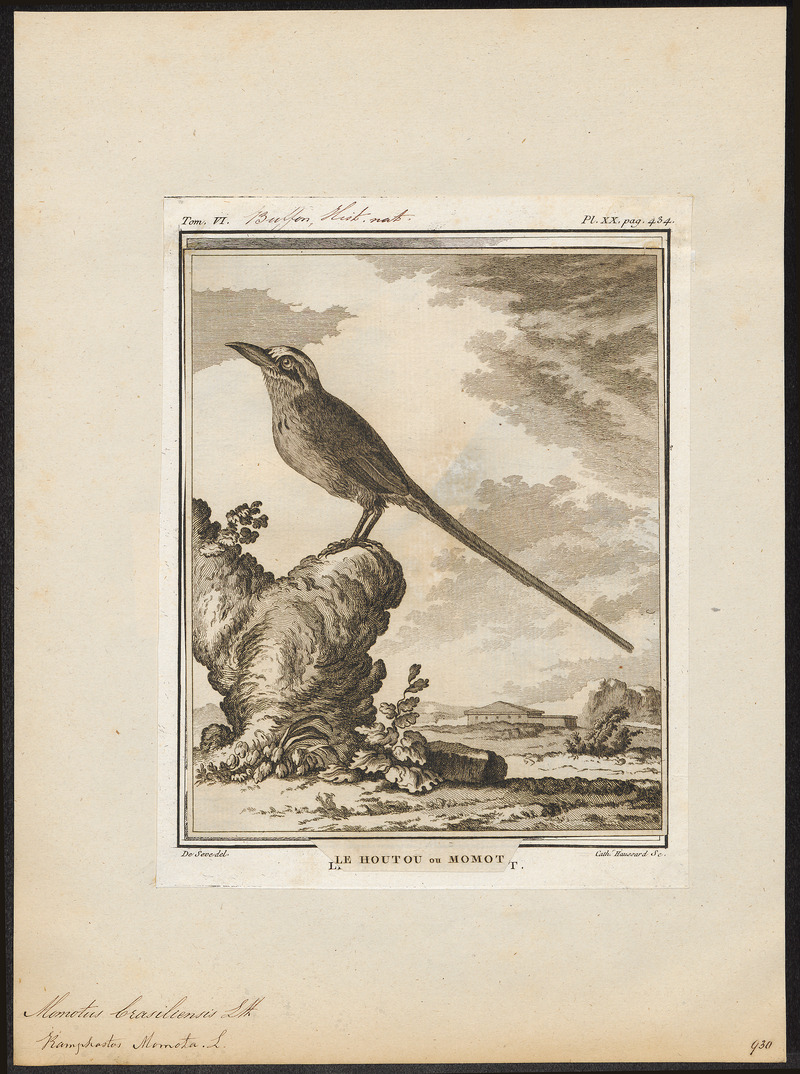|
| Query: Common blue | Result: 632nd of 981 | |
Amazonian motmot, blue-crowned motmot (Momotus momota)
| Subject: | Amazonian motmot, blue-crowned motmot (Momotus momota)
| | Poster: | Wiki Photos (---@---.---)
| |

| Resolution: 2942x3951
File Size: 6600220 Bytes
Upload Date: 2017:03:01 21:47:31
|
ERROR : (-30975)
ERROR : (-30975)
Amazonian motmot, blue-crowned motmot (Momotus momota)
Description
Momotus brasiliensis
Date 1700-1880
Old Latin name Momotus brasiliensis
New Latin name Momotus momota
Common name Nederlands: Amazonemotmot
Source: https://commons.wikimedia.org/wiki/File:Momotus_brasiliensis_-_1700-1880_-_Print_-_Iconographia_Zoologica_-_Special_Collections_University_of_Amsterdam_-_UBA01_IZ16700325.tif
The Amazonian motmot or blue-crowned motmot (Momotus momota) is a colourful near-passerine bird found in the Amazonian forests from eastern Venezuela to northeastern Argentina.
|
Comments |
|---|
| | Guest |
|
Scientific Name: Momotus momota (Linnaeus, 1766)
Common Names: Amazonian Motmot
French: Motmot houtouc German: Amazonasmotmot Spanish: Momoto amazónico, Momoto corona azul
Taxonomy: Ramphastos momota Linnaeus, 1766, Cayenne. |
^o^
Animal Pictures Archive for smart phones
^o^
|
|
|